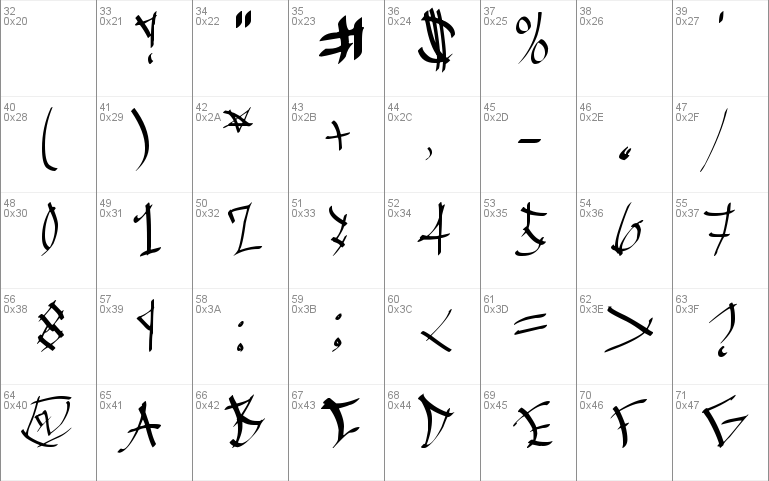

Must have the tablet plugged in prior to starting Inkscape and then proceed to open the Inputĭevices. This configuration will only need to be performed once and the settings are saved. If you have a tablet and would like to utilize the sensitivity features, you will need to configure your device. Also, keep in mind that calligraphy with a quill or pen with nib areĪlso not very sensitive to pressure, unlike a brush. The sensitivity functions are disabled byĭefault because they require configuration. Sensitivity of a tablet pen that supports these features. Inkscape is able to utilize pressure sensitivity and tilt Will be some difficulty producing fast sweeping strokes. Thanks to theįlexibility of our tool, even those with only a mouse can do some fairly intricate calligraphy, though there You will get the best results if you use a tablet and pen (e.g. Which would not be possible with a traditional pen-and-ink.

Inkscape's Calligraphy tool also enables some techniques You make a mistake, the entire page is not ruined. One great advantage that we have over the scribes of the past is the Undo command: If Western lettering styles used throughout the ages include Rustic, Carolingian, Blackletter, etc. The three styles have influenced each other on different occasions. (This style has produced by far the largest bulk of preserved texts before 1440.)Ĭhinese or Oriental, executed with a brush. Western or Roman: The preserved texts are mainly written with a quill and ink onto materials such as parchment or vellum.Īrabic, including other languages in Arabic script, executed with a reed pen and ink on paper. There are three main styles of calligraphy: Perhaps the most common place where the average person will run across calligraphy today is on wedding invitations. A scribe had to handwrite every individual copy of every book or publication. Up until roughly 1440 AD, before the printing press was around, calligraphy was the way books and other publications were made. Sound intimidating, but with a little practice, anyone can master the basics of this art. Essentially, calligraphy is the art of making beautiful or elegant handwriting. Going by the dictionary definition, calligraphy means “beautiful writing” or “fair See the Basic tutorial in Help ⇒ Tutorials. For basics of object creation, selection, and transformation, This tutorial will help you becomeĪcquainted with how that tool works, as well as demonstrate some basic techniques of the art of Calligraphy.īutton drag to scroll the page down. HanaMinA (Japanese 花園明朝A) for BMP and HanaMinB (Japanese 花園明朝B) for SIP – covers all CJK, CJK Compatibility, CJK-Ext.A, CJK-Ext.B, CJK-Ext.C, CJK-Ext.D, CJK-Ext.E, and CJK-Ext.F.One of the many great tools available in Inkscape is the Calligraphy tool.
Chinese calligraphy font editor license#
Hanazono Font License or SIL Open Font License Shown here are its forms in (from top to bottom): Simplified Chinese, Traditional Chinese, and Japanese. means it was formerly seen as FOSS but has been involved in a legal controversy.
Chinese calligraphy font editor software#
means this font is free and open-source software (FOSS).



 0 kommentar(er)
0 kommentar(er)
